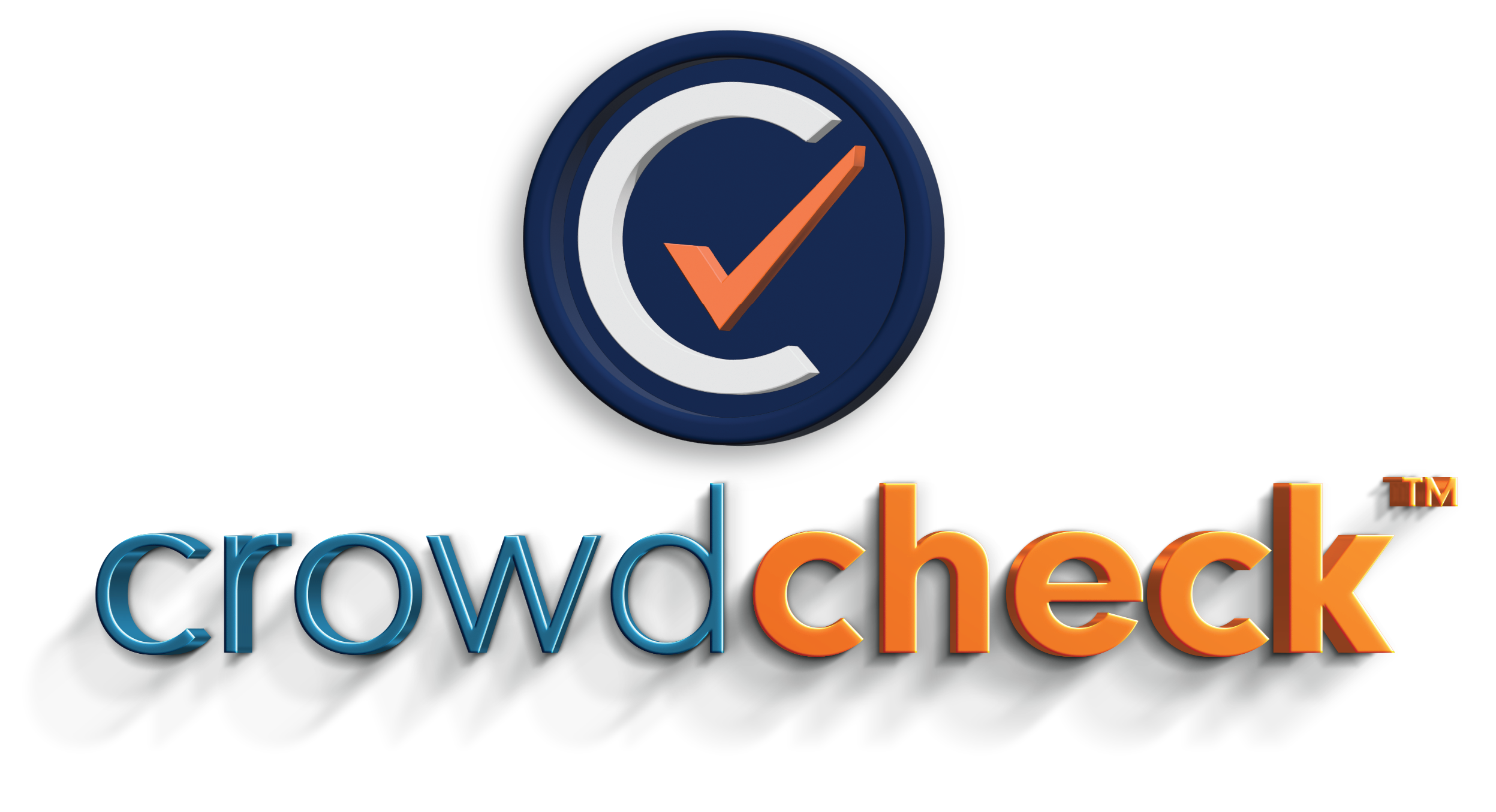With recent Congressional developments like the GENIUS Act and the CLARITY Act, the digital asset space appears to be entering a second wave following the initial frenzy of 2021 and 2022 (remember the Bored Ape Yacht Club?). Yet amid the changing landscape, one belief has persisted among some players: the idea that turning an existing asset into a digital token somehow turns it into a money-making machine. Whether it’s about finding the next “greater fool,” bypassing federal securities laws, or both, the illusion of tokenization as a shortcut to financial success lives on.
To be clear, there is utility in tokenization. In the securities world, representing traditional equity securities as tokens can improve the efficiency of transfers and settlements, and simplify the distribution of dividends or other payments. We’ve worked with several companies that have used this approach effectively. After all, the blockchain infrastructure used for tokenization is essentially an advanced ledger—an ideal tool for maintaining transparent and accurate records of ownership.
However, it’s critical to remember: tokenizing a security does not change the fact that it is a security. As SEC Commissioner Hester Peirce has pointed out, there is no alchemy that magically transforms a tokenized security into something outside the scope of securities regulation.
That’s where regulatory frameworks like Regulation A and Regulation Crowdfunding come into play. These exemptions from SEC registration offer companies a streamlined path to raise capital while still complying with federal securities laws. With scaled disclosure requirements, these exemptions provide a flexible and cost-effective alternative to a full public offering—particularly attractive for startups and innovative ventures navigating the token space.
For investors, this means access to offerings that come with a baseline of transparency and accountability. Disclosures under Regulation A and Regulation Crowdfunding are designed to provide the information necessary for informed decision-making. This sets apart compliant projects from the fly-by-night schemes that promise quick riches but are more interested in extracting money than building value.
Of course, no level of disclosure can guarantee success. But at the very least, it gives investors a fighting chance—one based on facts rather than hype.
